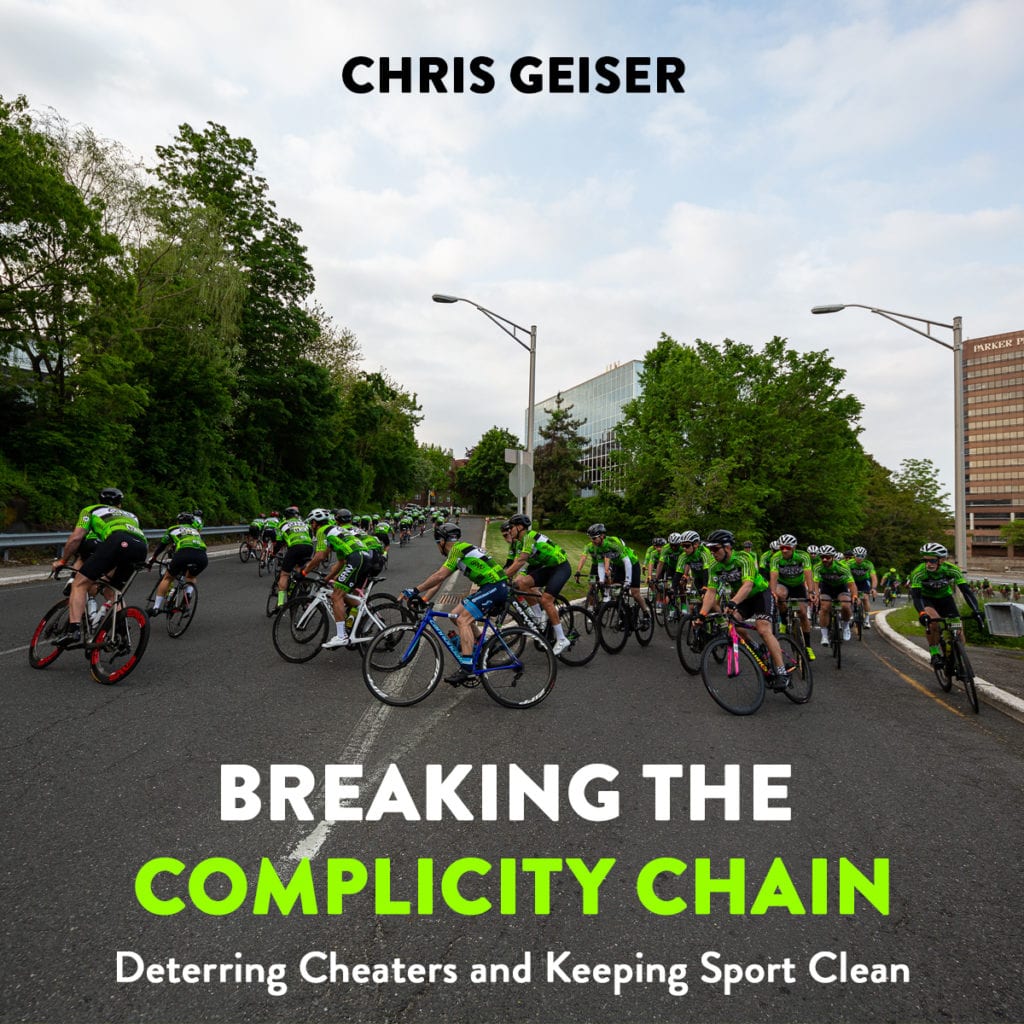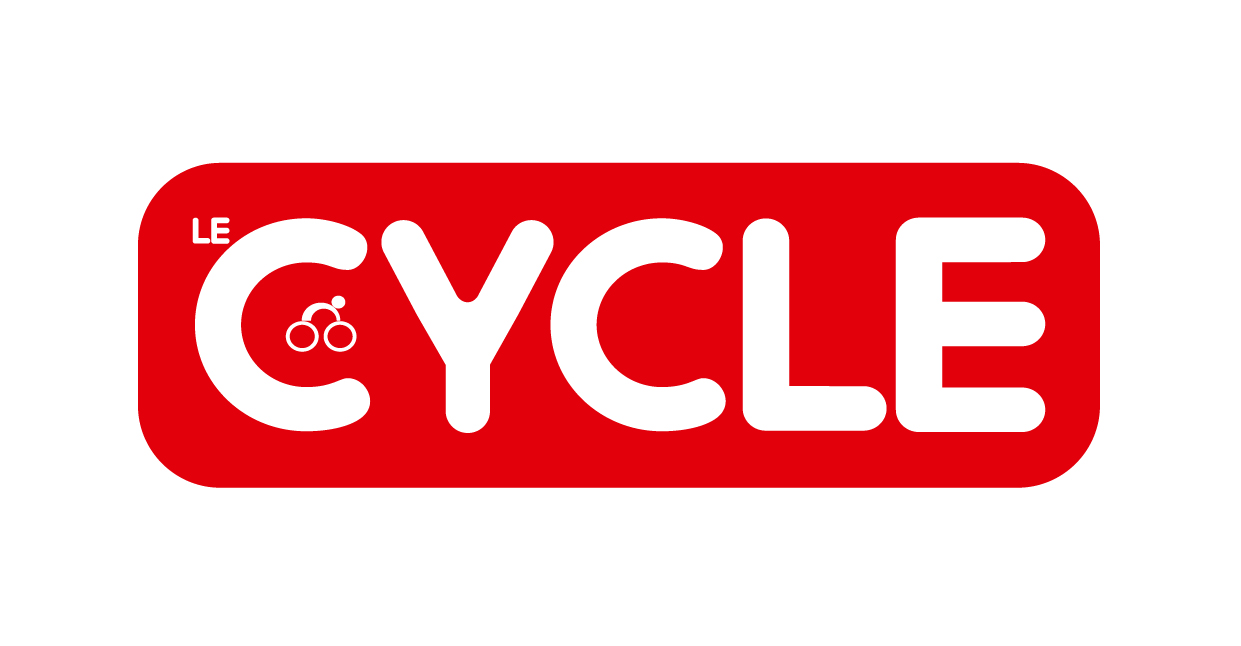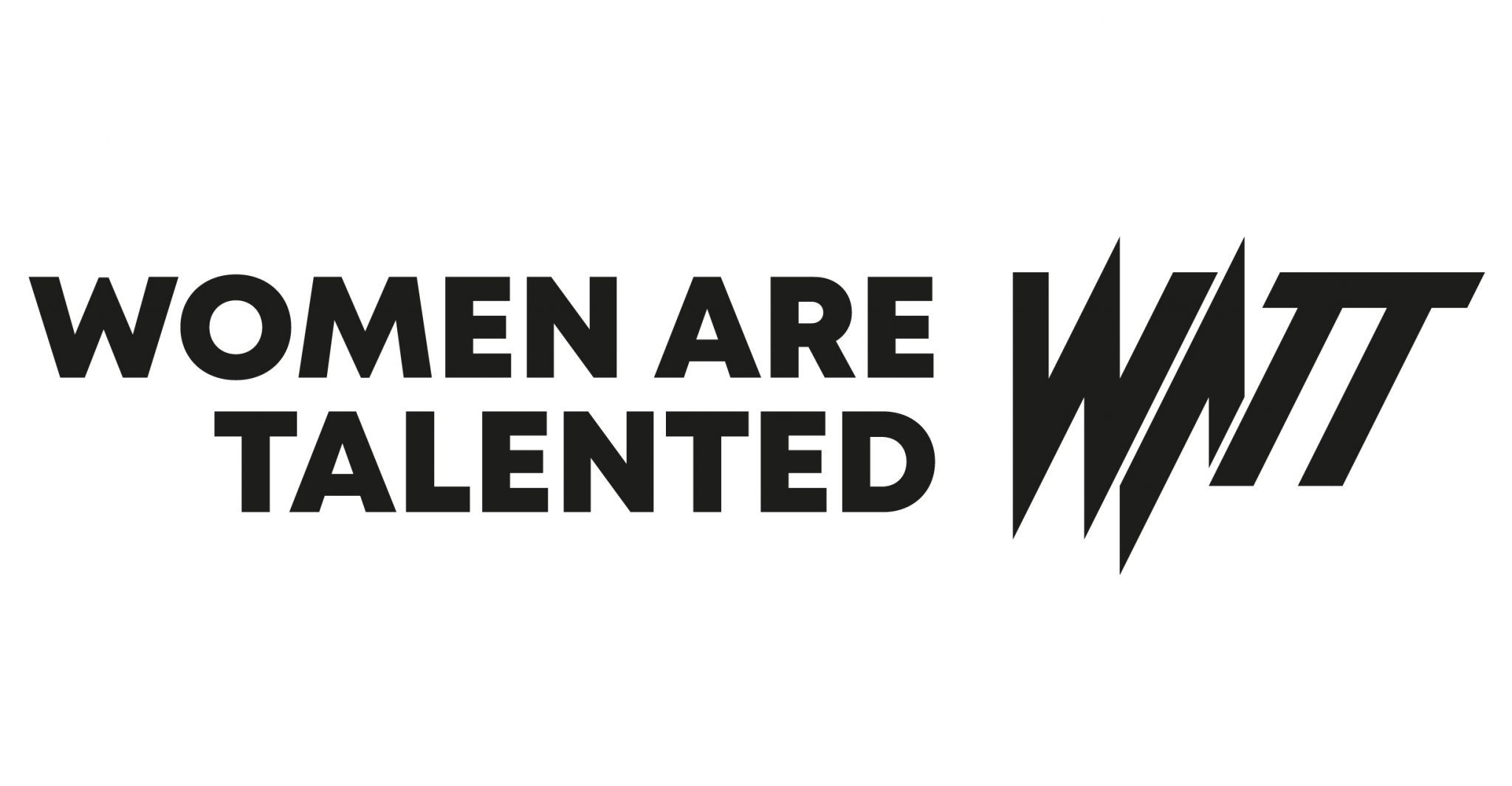Breaking the Chain

Those who are skeptical of the presence of doping in amateur sport should look to the July 8, 2019 announcement from Europol – concerning a joint operation of 33 countries and multiple agencies (including WADA) in a crackdown on the trafficking of doping materials and counterfeit drugs – to cure any doubts. The announcement specifically calls out “non-professional athletes, bikers and body-builders [who are] are buying small parcels of steroids, mainly from Asia or eastern Europe to traffic them to gyms”. Doubt no more, the proof is out there that doping continues to haunt amateur sport, and the only way to deter it is through vigilance in testing, both in and out of competition.
This is timely and relevant, because the in-competition and out-of-competition anti-doping testing regimens of the 2019 GFNY NYC Championship were successful in identifying two EPO users. The back stories for each were straight out of a Guy Ritchie caper movie. But that’s not the point. The point was that there were measures in place to catch them, and so they were caught.
GFNY maintained maximum transparency and called out the positive doping results publicly. GFNY’s statement invited many comments and questions from other racers and enthusiasts about the sport – as one might expect. Perhaps less expected by the public, but completely unsurprising to the founders of the race, it also drew many comments of gratitude and encouragement from a race field that truly appreciated GFNY’s efforts to keep the sport clean. Contrary to those expressions of appreciation, some of the comments and questions from the uninitiated reflected the state of sport in general. An apathy or neglect to what doping – or cheating of any kind – does to the athlete, does to the race, and does to sport in general. “Why would someone take drugs for a granfondo”, “these guys must be idiots to get caught”, “they doped but didn’t even win?” Fair questions for the uninitiated – but the commentary accurately reflects how a combination of a blind-eye, and dare I say, a cockeyed hopelessness that allows the cheating epidemic to go on without cultural stigmas and under the unwatchful eyes of many that are charged with preventing it.
To express concern over cheating without hypocrisy means only one thing: to do everything within your means to prevent it. Measures that deter cheating (e.g., testing) are all that stands between those who create competition, and those who could exploit it. And while we are here – let’s not quibble over terms, let’s just call it what it is. Doping is cheating. There is no getting around that. There are no degrees of cheating. There is only cheating, and not cheating. Whether it is motors, EPO, blood doping, illegal supplements, testosterone, or the most powerful kind of cheating – complicity. If you are circumventing the rules (for your own gain, or someone else’s), there is no debate: it’s cheating.
Cui Bono? The Criminal Riddle of Cheating
Literally translated, the phrase cui bono asks the question –” to whom is it a benefit” – and in the context of doping in sports, the answer seems, and often is, as simple as it seems. But this stock and trade phrase of the legal profession, usually employed to determine motive and guilt, can apply to many faces in the world of sport. To say that the guilt is solely on the athlete, ignores how the cycle works and who the culprits are. In hearing from cycling journalists globally, this is a pandemic issue. With anti-doping being enforced loosely in amateur, elite, and professional competition, the athlete is provided with a degree of confidence and even a level of risk tolerance for being caught.
Dutch journalists, Bram de Vrind and Sjoerd Swinkel, have been researching and writing about the problem for some time, and the journalists have found that in the past decade some 76 granfondo riders have been caught. But, in the pair’s own estimation, this number doesn’t touch the number of riders that may be undertaking some form of cheating. While de Vrind and Swinkel have cited the podium prize as the primary motivator for athletes, this may only tell a small part of the story. The proliferation of different methods of cheating, whether it be moto-drafting, doping, hidden motors, or what have you, among granfondo pelotons, the simple exaltation of taking the podium, keeping up with the Joneses, and satisfying the individual ego of the rider is motivation enough.
So, the primary (or maybe just the most obvious) beneficiary, the rider, is in control of their own body, destiny, and ego. They decide – on their own – based on their perceived risk, their own self-confidence, and whatever else haunts them. “I want to do well, and I won’t get caught, what could go wrong?”
Imagine if you will, the rider on the group ride that keeps half wheeling you, forcing you to pedal harder and harder to maintain your slot in the pack, but somehow feels that they need to keep pushing and pushing to keep up with you. They do something dangerous and unwelcome to be a part of the pack, to keep up with the group. Where will they stop and what is the limit to the risks that they are willing to take. If they get it right, they can turn the lies they tell themselves, about how everyone does it, and how it’s what you need to do to stay in the game, or into a high-placed finish. Forget the money for a second. Just think about the bragging rights, the “membership” in that “elite club” of riders who can take the course in 4:30. Top of their age group maybe. Top of the podium maybe. Or maybe just fast enough to justify doing it again – you know – “just to see what happens”. The prizes are nice, but, as GFNY founder Lidia Fluhme said in a recent podcast “there are events where you are competing for just some tubes as a podium prize – but really – it’s that you are standing on the podium (with those tubes) with people looking at you saying ‘wow you are on the podium’”. Co-Founder Uli Fluhme, goes on to tell us that the only difference between a top-tier granfondo rider and a pro is talent. As Fluhme says “many of them live like pro cyclists, but they just don’t have the talent to turn pro, and they want that recognition. We provide the playing field and the platform for that recognition in our GFNY events.” For as easy as it is to Google how and where to get the drugs, and how to evade getting caught, the temptation to take that shortcut might be too great.
To truly answer “cui bono,” however, the questions cannot stop with the athlete. With so many opportunities to race, so many races that don’t/won’t test, the athlete perceives the risk as minimal. Add to this, that the potential to be caught with testing that is in-competition only, allows the athlete to plan around the event date and ensure that they will test clean on race day, while still reaping the benefits of the banned substance (such as EPO) during training, and weeks after they have actually taken it. But for whatever reason, (budget may be one – but let’s save that for later), many races don’t or won’t test, and certainly won’t test out of competition.
And so, the waltz begins. Race directors that won’t test (in or out of competition), and athletes who fear no retribution for doping. The blind eye turned by the race organizers is a complicit step in encouraging athletes to cheat. If we agree that an athlete’s ego is the primary driver in whether that athlete will cheat, and the fear of consequences for that athlete are removed, then the race is an accomplice to the act of cheating. A willing partner that can now perhaps boast a larger field of “top-tier” cheaters, grow the overall race field, attract more dollars from sponsors and registrants, and so on and so on. The dance continues, the music never stops. It may not be as nefarious or as cloak and dagger as it sounds, so let’s take it back a notch. For the race organizer that simply feels that to run any kind of anti-doping or testing program is just too complicated or too expensive (we will come back to that), while they may not see their complicit part, and they may not ever want to believe that it would ever happen “at my race”, burying their heads in the sand is the same type of complicit act. It is like staying silent in the presence of a crime you don’t want to admit is being committed, but you know that it is.
Additionally, organizers that claim that it’s hopeless to try and fight doping, make it easy on themselves by copping out. In one of the comments about the GFNY cases recently, the commenter noted “your race isn’t clean” and then cited several ways to beat the test for EPO, and that the racers that were caught were not expert dopers. The flaw in this logic of course, is that when the decision is made to cop out, that decision gives way to allowing and encouraging cheaters, and is once again, complicit in creating a doping culture among those who would exploit the “hopeless cop out” that likely haunts the potential of so many events. This perception also ignores the fact that the micro dosing that would be required to beat the tests is much less effective than the “juicing up” that riders would engage in without the risk of getting caught. So many things can go wrong in the process of trying to beat testing, that the threat of testing both in and out of competition provides the best possible deterrent to doping.
And What of Expense….
While setting up an anti-doping program is not an inexpensive or trivial effort on the part of a race organizer, it is still completely feasible for races with the right sized budget. GFNY pays $15,000 per year for the anti-doping control of the flagship GFNY event in New York City each May. According to Uli Fluhme, in-competition testing runs at about $1,000 per racer currently, with the hope that technology will soon bring those costs down to around $50 per racer in the near future. According to the Fluhmes, it is a foundational part of what GFNY stands for, and so it will always be a part of GFNY competition. For a racer to be caught as part of GFNY’s testing protocols, means that the program is working and is worth every penny of the expense to maintain the integrity of the race for everyone.
Not to Mention Health…
Before we lose sight of it, we should remind ourselves that there is collateral damage associated with this problem that extends beyond sport. With no deterrents in place, a rider or any other athlete, may be tempted to go to extreme measures to increase their performance. An easy search on the internet will reveal a number of paths that the athlete can take. All of those paths will impact the athlete’s health in the immediate or the long term. It would be extremely naïve to assume that while going undetected in a race that refuses to test will mean “getting away with it” in the long run. Forget about the bans, a dosing mistake can have grave consequences, while long-term and repeat usage will gradually ruin a person physically over time. When coupled with the fact that misuse of a controlled substance is usually considered a felony, the collateral damage becomes obvious. Part of keeping sport clean is the encouragement of healthy competition, in both the physical and emotional senses. Deterrence via testing not only keeps racing clean, but may save lives and health.
What is the Solution?
But let’s get realistic, a smaller event may not have the budget to operate the kind of doping control that larger events have, and so where does that leave them? Where does it leave anti-doping if it is unaffordable to many? This is where out-of-competition testing, and cooperation may bring about deterrence and change. Larger races that can afford and perform out-of-competition testing have shown that this type of random testing of in-contention racers likely provides the best deterrent to cheating possible. With the way most doping agents work, the time it takes to exit the racer’s system, but still be effective on race day, may foil in-competition testing, but is much more difficult to time, and to hide from testers, if the racer has no idea when the test is coming. Adding this level of testing to a program may not only prevent a racer from taking the risk to cheat, but may deter the more incorrigible cheaters from adding races that test this way to their calendars.
Now think of out-of-competition testing as a network. The only escape would then be undetectable drugs and limiting one’s racing to small races. Now remember the ego. Dopers would be unable to resist the chance to show themselves on the big stage.
Summing Up
This is a universal problem. To assume that this is the problem of one race, or even one sport, would be completely naive. The organizations that control measures in the United States, like USADA, are very much underfunded and so testing in amateur events takes a back seat to professional sport, where there is more prize money, and deeper implications of fraud on the line. The sport community must take on the continuing threat that cheating in all forms brings to the integrity of competition. For all those who won’t watch the Giro or the Tour because of the overwhelming presence of dopers, imagine that there were cyclists who left pro cycling because they saw that the sport was not clean. The same would be true of granfondo racers from one end of the talent spectrum to the other. If there is cynicism surrounding the fairness of the competition, how many would walk away from granfondo? For the fair play-minded granfondo racer, would it be worth their time, money and energy to train, to ride, to race, with those who would exploit the race, and exploit those who raced clean? To fail the fair playing riders, and watch them step away from the sport would be the monumental loss.
Breaking the Complicity Chain
Deterring Cheaters and Keeping Sport Clean
by Chris Geiser
To be part of the solution – you must honestly face up to the problem! Tune in to our podcast to hear about how we are working to deter cheaters around the world.
















